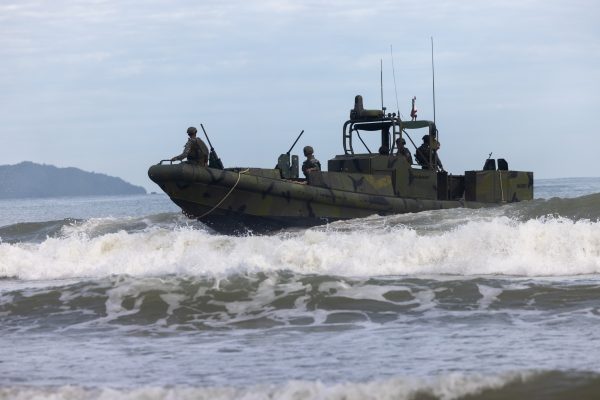As U.S. President Donald Trump was meeting China’s Xi Jinping in South Korea last week, Manila was watching anxiously, worried about what the future of China-U.S. relations could mean for the stormy waters of the South China Sea. With Chinese vessels pressing ever deeper into the Philippine Exclusive Economic Zone (EEZ) and Taiwan – one of the world’s most dangerous flashpoints – just a short flight away, the Philippines is in the midst of a notable effort to modernize its military, eyeing new jet fighters and submarines, and contemplating how to pay for it all.
For an archipelagic nation spread across thousands of islands, the challenge is not only about what military equipment to acquire, but also how to retool the armed forces, traditionally geared toward counterinsurgency, to fit its new geostrategic and security priorities. Given fiscal constraints, and the imperative to build a credible deterrent, the Philippines must focus sharply on key goals. As Crisis Group’s deep dive into the defense postures of United States’ Asian allies shows, navigating an increasingly unpredictable regional landscape implies a combination of military modernization and carefully calibrated diplomatic efforts.
The Philippines’ defense push is unfolding against a turbulent backdrop. Maritime incidents at sea involving Chinese and Philippines naval assets are increasingly dangerous. Tensions around the Scarborough Shoal, an atoll roughly 200 kilometers off the Philippine coast, are particularly concerning.
Continue Reading on The Diplomat
This preview shows approximately 15% of the article. Read the full story on the publisher's website to support quality journalism.
